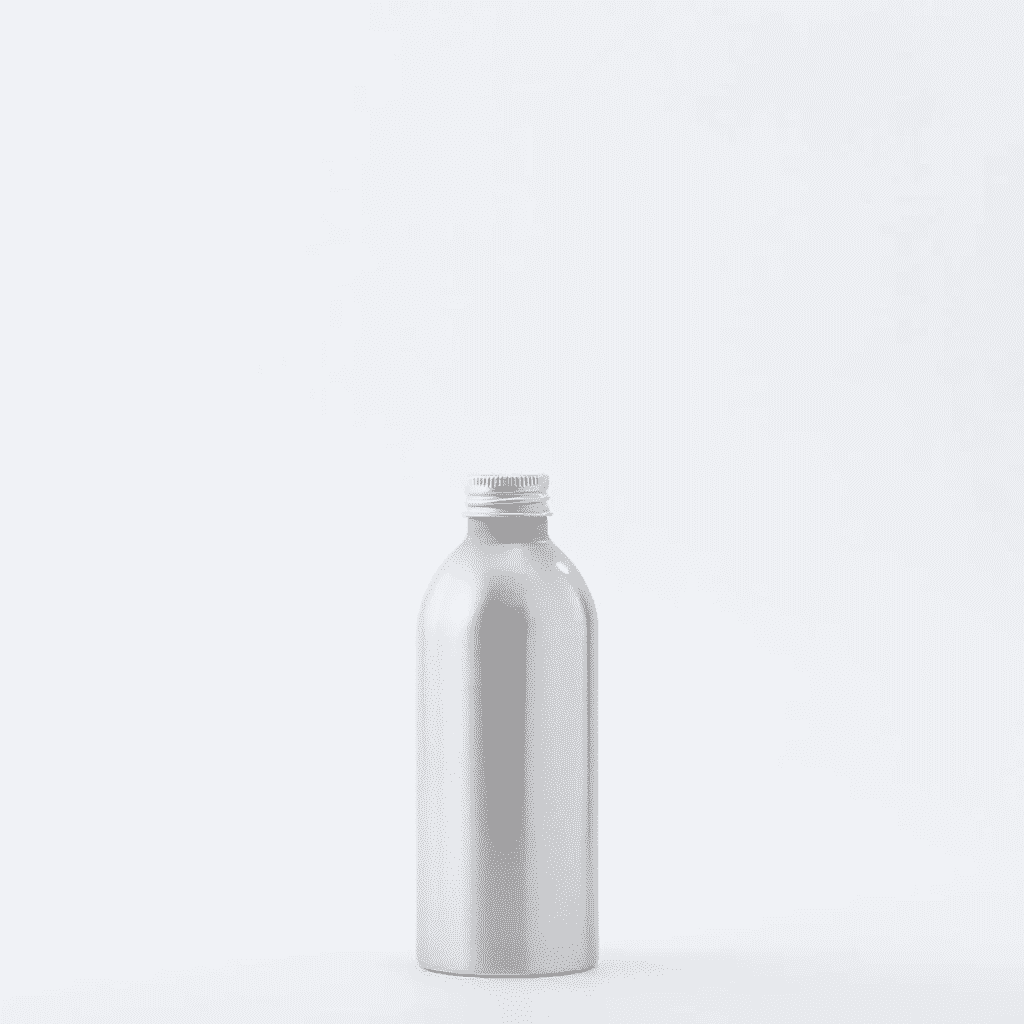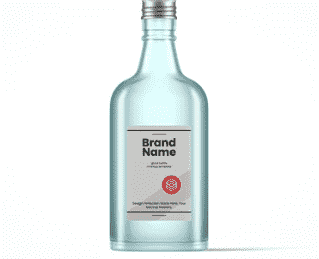How Screw Capping Machines Secure Caps on Your Bottles?
As one key part in packing machines, screw capping machines are widely used in many industries like pharma. They seal bottles tightly to keep content inside fresh. No matter what industry you’re in or what product you make, it’s helpful to know about screw capping machines.
What Are Screw Capping Machines?

A screw capping machine is also called a cap presser, or cap locker. It is mainly used to quickly and accurately tighten caps onto bottles after they are filled. Screw capping machines are designed to apply a specific amount of torque to ensure the cap is tightened to the ideal level. This results in consistent and reliable seals across all products. It prevents contamination and leakage. This is especially essential in industries that handle sensitive or perishable goods. Screw capping machines significantly speed up the packaging process, allowing for a high output of securely sealed containers.
Applications
- Screw capping machines are widely used in industries that require secure sealing of bottles. Here are some common examples.
- Pharmaceuticals. Tablets and powder bottles always need a tight sealing, such as antibiotic powder in glass vials.
- Food and Beverage. Screw capping machines seal bottles for products like sauces, drinks, wine and condiments, keeping them fresh and leak-proof.
- Cosmetics and personal care. Creams, lotions, and other personal care products rely on these machines to secure packaging.
- Chemical and industrial products. These machines are also used for products requiring special containment, like cleaning agents or industrial chemicals.
How Does A Screw Capping Machine Work?
There are many types of screw capping equipment. Their working principle differ based on different working parts. But the working process is similar. Take PBX-160 for example. You can check the video first to see how it works.
Bottle Feeding
Bottles move automatically into the machine through a conveyor belt. Two synchronized belts hold the bottles on both sides and transport them smoothly to the capping position. The distance between the belts can be adjusted to match the bottle size.
Cap Sorting
Caps are first poured into a hopper, then sorted automatically by a cap-sorting device. It ensures all caps face the same direction. This step makes sure each cap aligns accurately with the bottle top during the capping process.
Cap Feeding
After the caps are sorted, they are smoothly delivered to the top of each bottle. The cap-feeding mechanism places a cap onto each bottle, ensuring it sits securely on the bottle neck. It is ready for the next steps of pressing and screwing.
Cap Placement
The cap placement mechanism gently presses the cap onto the bottle neck, ensuring a tight fit. This step reduces resistance during the screwing process. It also helps keep the cap from shifting out of place.
Cap Pressing
Before the cap is screwed on, the capping device applies slight pressure to the cap. It aims that the cap stays secure when it touches the bottle neck. This step helps set the cap in the ideal starting position for screwing it tightly.
Cap Screwing
Four flexible rubber wheels rotate around the cap, screwing it firmly onto the bottle neck. Compared to traditional claw-style capping machines, this setup greatly increases capping speed. Meanwhile, it reduces friction damage to the bottle and cap. The distance and height of the capping wheels can be adjusted to fit different cap and bottle sizes.
Bottles Outfeed
Bottles with completed caps are automatically moved out of the machine for further processing. This automatic outfeed system doesn’t need any manual help. It allows for a fast and continuous packaging process that further improves production efficiency.
Eight Common Materials for Caps and Bottles Used in Screw Capping Machines
For material selection, it always asks durability, compatibility with the contents, and ease of sealing. Here are some materials typically used.
Three Common Materials for Caps
Aluminum

Aluminum is lightweight and corrosion-resistant metal. Caps made of aluminum features strong and tamper-evident properties. In some cases, aluminum caps require an additional liner to create a more effective seal. Aluminum is commonly seen in the beverage and personal care sectors. It offers a premium look and recyclability.
Phenolic Resin

Phenolic resin is a type of plastic, known for great durability, heat resistance, and stability. Due to these features, it is often used for applications requiring a strong and reliable seal, such as caps for pharmaceuticals and chemicals. However, it doesn’t feature good flexibility. This rigidity limits its use for flexible bottles.
Rubber and TPE

Rubber and TPE are often used as liners within caps. They provide an added layer of seal protection. These materials are particularly useful for pharmaceutical applications. Because airtight seals are essential to maintain product integrity in this area. Rubber and TPE can adapt well to various bottle neck shapes with their flexibility. A drawback is that they may degrade with prolonged exposure to heat or chemicals.
Two Popular Materials for Bottles
Glass

Glass is a classic bottle material that provides excellent barrier properties, especially for pharmaceuticals, beverages, and cosmetics. It doesn’t react with the contents, so it can maintain the product’s flavor and quality. Amber glass is often used to protect light-sensitive products. However, glass is heavier than plastic and more prone to breakage. This limits its practicality for certain uses.
Stainless Steel

Stainless steel bottles can offer good durability and resistance to rust. They also provide high barrier protection, particularly suitable for industries where hygiene and reusability are vital. Stainless steel are commonly used in personal care and food markets. The main disadvantage of stainless steel is its weight and cost. The cost is generally higher than plastic or aluminum. Stainless steel is also less flexible for shaping into complex bottle designs. And screw capping machines used for stainless steel bottles may require adjustments to handle the material’s weight and hardness effectively.
Three Plastic Materials Used for Both Caps and Bottles
Plastic has many advantages, like high durability, being lightweight, and costing less. Also, plastic caps are easier to customize in shape, such as making child-resistant caps. Moreover, they allow customization in patterns or finishes, like glossy or matte. Because of these benefits, many types of plastic are made for caps and bottles.
- PET. This material is commonly used in the food, beverage, and personal care industries. It provides excellent impact resistance and a clear view of the product. However, PET has limited heat resistance. So it is less suitable for hot-fill applications.
- HDPE. This material is chemically resistant, widely used in pharmaceuticals, household chemicals, and personal care. But it is opaque, limiting its usage where product visibility is desired.
- PP. PP features high heat and chemical resistance. It’s suitable for hot-fill products and can withstand sterilization. This makes it ideal for the food and cosmetics industries. However, PP is generally less flexible, not suitable for squeezable bottle making.
You should notice that plastic caps are more prone to deformation or stripping under excess torque. So screw capping machines must apply controlled, lower torque levels. In addition, plastic can soften or warp under excessive friction or heat. It requires machines must be adjusted to prevent overheating, especially in high-speed production.
How to Maintain Screw Capping Equipment?
Maintenance is essential for efficient and prolonged operation. Here are some tips for your reference.
Regular Cleaning
You need to clean all parts, especially those in contact with caps or bottles. This helps prevent residue buildup for a smooth production. You’d better use a mild detergent and avoid harsh chemicals that could damage machine components. For machines handling oily or sticky substances, cleaning frequency should be increased.
Lubrication
Proper lubrication of moving parts is critical to avoid wear and overheating. You can use the manufacturer-recommended lubricants and apply them as specified. You should also avoid over-lubricating, which can attract dust and lead to clogging.
Inspect and Tighten Fasteners
Vibrations from regular operation can loosen screws, bolts, and other fasteners. Periodically inspect and tighten them as necessary to prevent operational disruptions or safety hazards.
Replace Worn or Damaged Parts Promptly
Worn parts can lead to inefficiency, poor capping quality, and increased wear on other components. In daily uses, you need to keep spare parts on hand and replace worn-out parts as soon as you notice signs of degradation.
The End
When it comes to choosing the right screw capping machine for your business, you need to find a reliable supplier for a high-quality machine. Good equipment can make a real difference in production speed, consistency, and product quality. For small business scale, manual models are more suitable. For medium and large-scale production, semi and fully automatic machines are much better. If you don’t know which one suits your business best, feel free to contact us.
Leave your comment
Also Offers


Containment Automatic Capsule Filling Machine SFK-703

Fully Automatic Dosator Capsule Filling Machine CZ-40

Our Team
As an expert in the pharmaceutical and pharmaceutical packaging industry, iPharMachine has provided solutions for hundreds of pharmaceutical and health product manufacturers for 17 years. By visiting customers, we get good reviews from our customers.
- info@ipharmachine.com
- English Español Deutsche










